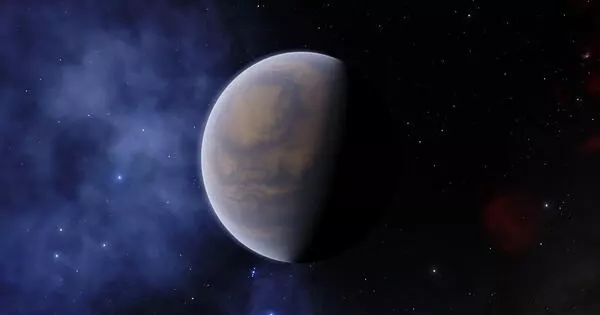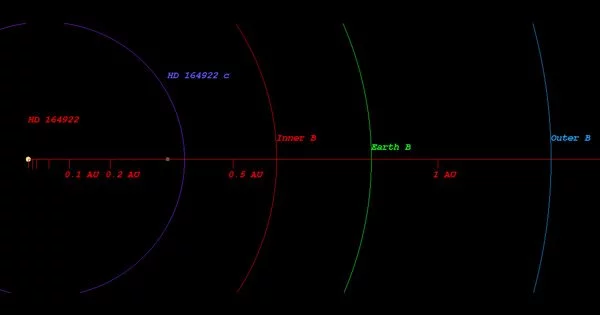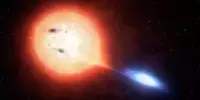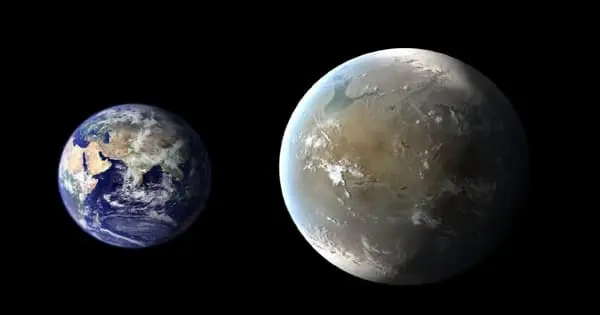HD 164922 c is an exoplanet that orbits the star HD 164922 in the constellation Hercules about 72 light-years from Earth. It is an exoplanet similar to Neptune that orbits a G-type star. It has a mass of 13 Earths, takes 75.7 days to complete one orbit around its star, and is 0.341 AU away from it. The exoplanet was discovered using the radial velocity method, which involves measuring radial velocity and observing Doppler shifts in the spectrum of the planet’s parent star. It was discovered in 2016 and was announced.
HD 164922 c is an exoplanet that orbits the star HD 164922, which is located approximately 72.2 light-years (22.1 pc) from our Solar System. Its discovery was made public in 2016. HD 164922 has an apparent magnitude of 7.0 and an absolute magnitude of 5.3. It is 0.9 times more massive and 1.0 times larger than our Sun. The surface temperature is 5293 degrees Fahrenheit, and the spectral type is G9V. The extrasolar planet HD 164922 c orbits the star HD 164922 every 75.7 days at an orbital distance of 0.34 AU in this planetary system.

Discovery
The search for HD 164922 c began when its host star was chosen as an ideal target for a radial velocity method planet search because stellar activity would not overly mask or mimic Doppler spectroscopy measurements. It was also determined that HD 164922 is not a binary star or a rapidly rotating star, both of which are common false positives when looking for transiting planets. The radial velocity variations most likely indicated the presence of a planet, according to data analysis. As a result, an estimated 12.9 MEarth planetary companion orbiting the star at a distance of 0.33 AU with an eccentricity of 0.07 was calculated.
The discovery of HD 164922 c was reported in the online archive arXiv on June 30, 2016.
Characteristics
Mass, radius and temperature
HD 164922 c is an exoplanet with a radius and mass between that of a super-Earth and that of the planet Neptune, but no solid surface. It is 400 K (127 °C; 260 °F) in temperature. Based on its similar mass to Neptune, it has an estimated mass of around 12.9 MEarth and a potential radius of around 3.5 REarth.
Host star
HD 164922 is a (G-type) star that the planet orbits. The star has a radius of around 0.99 R☉ and a mass of 0.87 M☉. It is 13.4 billion years old and has a temperature of 5293 K. The Sun, on the other hand, is approximately 4.6 billion years old and has a temperature of 5778 K. The star has a metallicity ([Fe/H]) of 0.16, or 144 percent of the solar amount. This is especially strange for a star as old as HD 164922. It has a luminosity (L☉) that is 70% that of the sun.
The apparent magnitude of the star, or how bright it appears from Earth, is 7.01. As a result, HD 164922 is too dim to see with the naked eye but can be seen with good binoculars.
Orbit
HD 164922 c orbits its star every 75 days at a distance of 0.335 AU (which is similar to Mercury’s orbital distance from the Sun of 0.38 AU). It receives more than six times the amount of sunlight that the Earth does.















